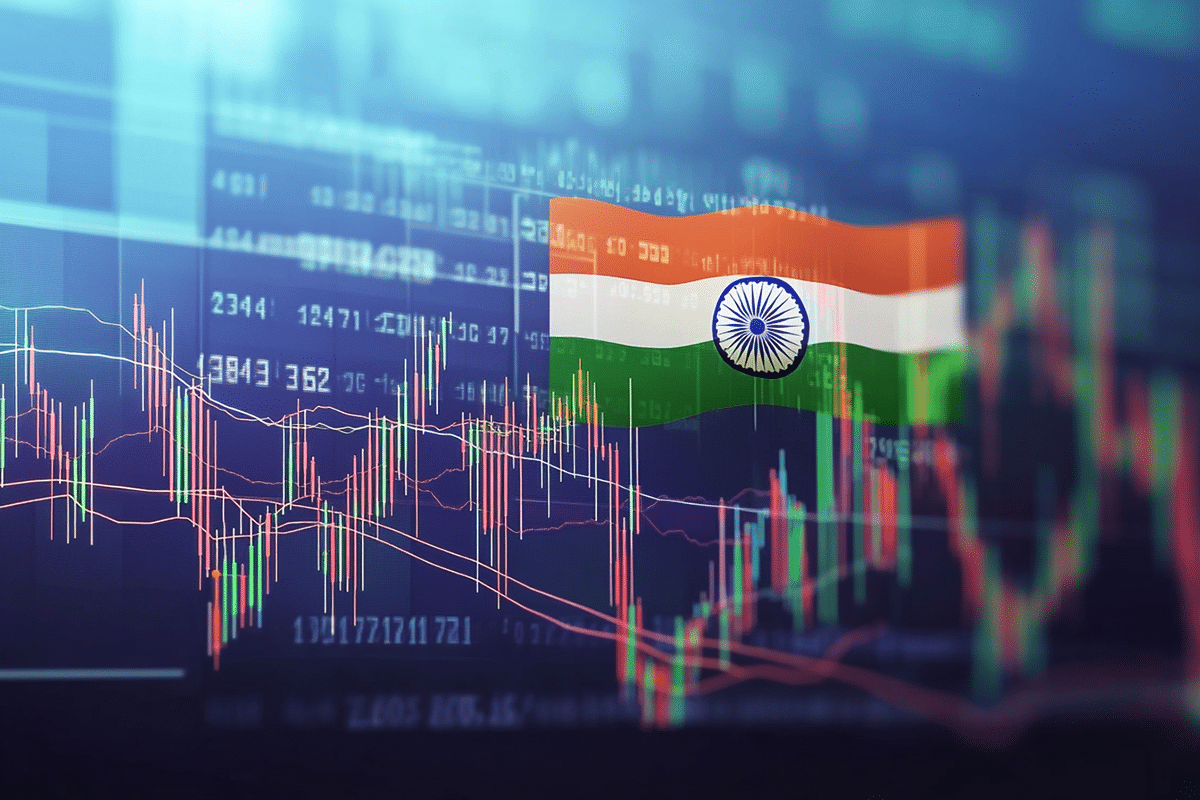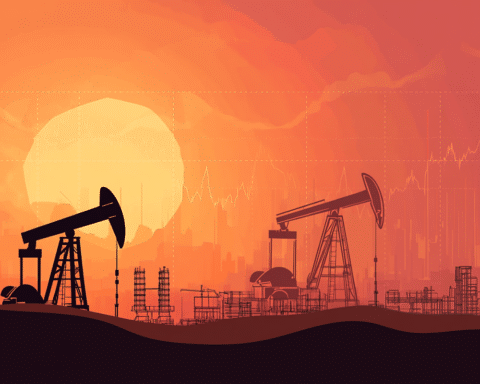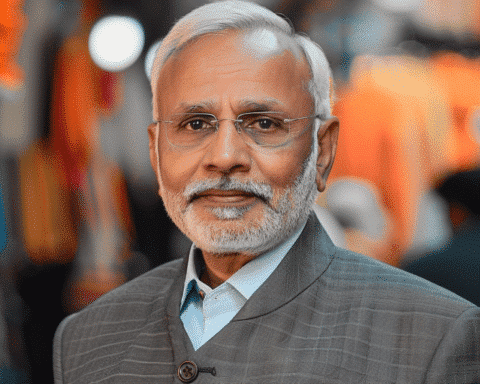India’s economic trajectory has long been a subject of global interest, with Prime Minister Narendra Modi frequently positioning the country as a rising power on the world stage. At a recent economic conference, Modi highlighted the country’s strengths—its youthful demographics, rapid economic growth, and a burgeoning tech sector—describing the current era as one of Indian ascendance. According to Modi, India is in a unique “sweet spot,” primed for continued success in the global market.
However, recent economic data suggests that this optimism may be challenged by emerging signs of a slowdown. Although India remains one of the fastest-growing major economies, its pace has decelerated over the past few months, raising questions about the sustainability of its growth.
Economic Indicators Show a Slowdown
Several key economic indicators point to a loss of momentum in India’s economy. The GDP growth rate dropped to 6.7% between April and June, down from 7.8% in the previous quarter. This decrease marks the slowest expansion in more than a year, suggesting that the post-pandemic recovery may be losing steam. While a 6.7% growth rate still represents considerable economic activity, the downward trend is concerning for policymakers aiming to maintain a faster pace.
Other metrics reinforce this narrative of a slowdown. An index tracking the output of eight core industries, including coal, oil, and electricity, fell in August for the first time in over three years. Additionally, car sales, often viewed as a barometer of consumer confidence, dropped by 19% year-on-year in September. This dip in consumption, coupled with a decrease in goods-and-services tax collections to a three-year low, indicates broader economic cooling.
External Factors and Oil Prices Pose Risks
India’s economic outlook faces additional pressure from global developments, particularly the potential impact of rising oil prices. As tensions in the Middle East escalate, the risk of oil price hikes looms large, posing a significant threat to India’s growth. The country imports more than 85% of its oil, making it highly susceptible to fluctuations in the global oil market. Analysts estimate that a $10 increase in oil prices could trim up to 0.4% from India’s GDP growth, highlighting the vulnerability of the country’s energy needs.
Moreover, increased fuel costs would likely necessitate higher government subsidies, potentially straining India’s fiscal resources. These additional expenditures could limit the government’s ability to invest in other critical areas, such as infrastructure and social programs, potentially slowing long-term economic growth even further.
Government Response and Economic Policy
Despite these warning signs, the Indian government remains largely optimistic. The finance ministry has acknowledged the challenges but characterizes them as temporary setbacks rather than indicators of a fundamental shift in the economy. At its most recent meeting on October 9th, the Reserve Bank of India chose to maintain interest rates and kept its growth forecast for the current fiscal year at 7.2%. This decision underscores a belief that India’s economy is resilient enough to weather the current downturn.
This perspective aligns with the broader narrative of India’s growth story, with officials emphasizing that the country is still the fastest-growing large economy in the world. However, critics argue that this optimism may be overlooking deeper structural issues that could impede long-term growth. These include low private investment, stagnant manufacturing, and declining real wages, all of which could pose significant challenges if not addressed.
Manufacturing and Labor Challenges
One of the more pressing concerns for India’s economic planners is the state of the manufacturing sector, which has struggled to maintain momentum. Growth in factory output has slowed, with an index measuring manufacturing activity showing its weakest performance in eight months. This is particularly concerning for Prime Minister Modi, who has made manufacturing a key pillar of his economic vision, aiming to transform India into a global hub for electronics production and other industries.
Labor issues are also contributing to the slowdown in manufacturing. For example, a prolonged strike at a Samsung plant in Tamil Nadu has disrupted production, casting doubts on India’s ambitions in the electronics sector. Beyond these isolated incidents, India’s labor market faces broader challenges, including a large workforce still engaged in agriculture. The percentage of workers in agriculture rose to 46% in 2023-24, up from 43% in 2018-19, while manufacturing employment declined. This shift suggests that India has struggled to create enough industrial jobs to absorb its growing labor force.
The Path Forward: Opportunities and Challenges
To address these challenges, the Indian government has rolled out new programs aimed at boosting employment, such as an expanded apprenticeship initiative. However, critics argue that more targeted efforts are needed, particularly in directing subsidies toward labor-intensive sectors. Analysts believe that shifting focus from capital-intensive projects to areas that can create more jobs would help alleviate some of the pressure on the labor market.
Moreover, there is a need to make it easier for businesses to scale up operations, enabling them to become more productive. Recent research has shown that many firms in India operate multiple small factories to comply with regulations, but this approach tends to result in lower productivity levels. Addressing these regulatory barriers could allow companies to grow more efficiently, supporting India’s broader economic goals.
As India navigates this period of economic uncertainty, its leaders face the challenge of balancing optimism with realism. While the country remains a global growth leader, recent data suggests that a careful and strategic approach will be essential to sustaining its momentum in the coming years.




